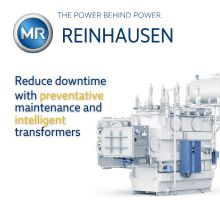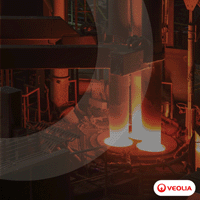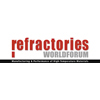Die Casting Innovations Help Domestic Producers Compete
01/18/2007 -
Per capita consumption grew to 97 pounds of metal castings for every person in the world in 2006, according to the State of the Industry report issued by the North American Die Casting Association (NADCA).
The growth in consumption is attributed to strong infrastructure growth in developing nations. However, the dynamics of global competition contributed to slight decreases in domestic die casting shipments as well as further declines that are forecast for 2007 before production increases in 2008.
“Our industry closely mirrors the general economy, and economists agree the U.S. economy and manufacturing growth will slow in 2007,” said Daniel L. Twarog, NADCA's President. “Washington's goal seems to be keeping unemployment levels down and the consumer price index (CPI) steady. With the change in party, we anticipate more government spending to achieve the goal instead of private sector incentives.”
Twarog continued that the challenge is to improve productivity without significant business investment. The situation is compounded by a potentially severe shortage of qualified production and engineering workers the die casting industry could face in coming years.
Other issues affecting the U.S. die casting industry’s profitability include rapidly rising healthcare costs, an inability to completely pass on higher energy and raw material costs, and the off-shoring of business and technology to low-cost countries.
Although aluminum and zinc die casting shipments decreased in 2006, magnesium die castings grew due to an increase in the amount being used on autos. A 3% gain is forecast for magnesium in 2007 with another 4% gain in 2008. A 1.2% decrease in aluminum shipments is forecast for 2007 before a 1.5% increase will be seen in 2008, with similar results for zinc. The general 10-year trend of zinc shipments will continue to move downward due to zinc prices and the weight penalties for designing with zinc.
One positive trend, according to the NADCA report, is the stabilization and then gradual decrease in metal prices over the next three years. Once speculators/investors start to drop their level of influence over the market price, the model will switch back to supply and demand.
"To help counterbalance the impact of external changes to our industry, we are taking a number of steps to improve competitiveness through the NADCA R & D Program," stated Twarog.
The program provides a strategy for technological advancement and innovation in die casting in several areas:
- Cast Materials—Efforts in cast materials include zinc, aluminum metal matrix composites, high performance aluminum and semi-solid metal (SSM) processing. Accomplishments and innovations include a high creep resistant zinc alloy and continuous rheocasting process.
- Computer Modeling and Design Aids—Modeling projects include establishing die casting friendly designs, die deflection modeling for improved tolerances and modeling for die fabrication and heat flow. Accomplishments include various reasoning techniques, such as a dexel representation of the casting part geometry that has been adapted for easy and reliable undercut detection.
- Die Materials and Technologies—This area includes efforts to improve the performance of conventional die material, as well as assessing and developing rapid tooling techniques and high performance surface engineered die coatings. Accomplishments and innovations include improved chemistry, processing and acceptance requirements for H13 and engineered multi-layer coating architectures.
- Process Technologies—Innovations include new processing techniques and a focus on energy efficiency and reverse engineering. Accomplishments include an electronic energy and technology assessment tool and process parameters for the minimization of externally solidified product or cold flakes.
Twarog concluded, "Surviving companies will have adapted new technology that provides unique solutions to their customers. Other winners in the global marketplace will be the metal casting industry suppliers who sell equipment and materials worldwide."



-(1)-Reinhausen-(1).jpg?lang=en-US&ext=.jpg)






